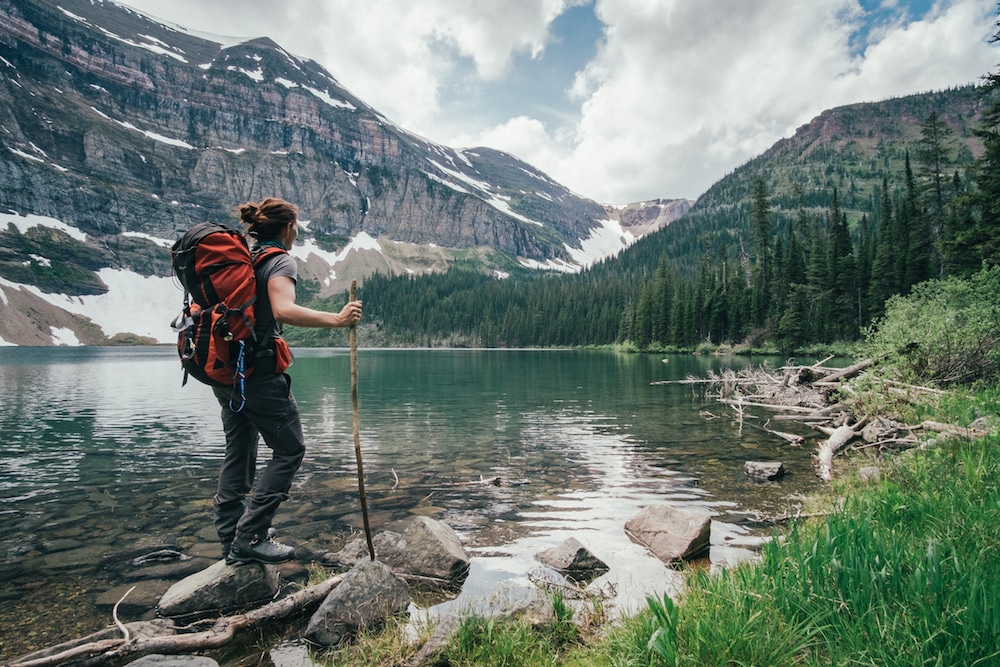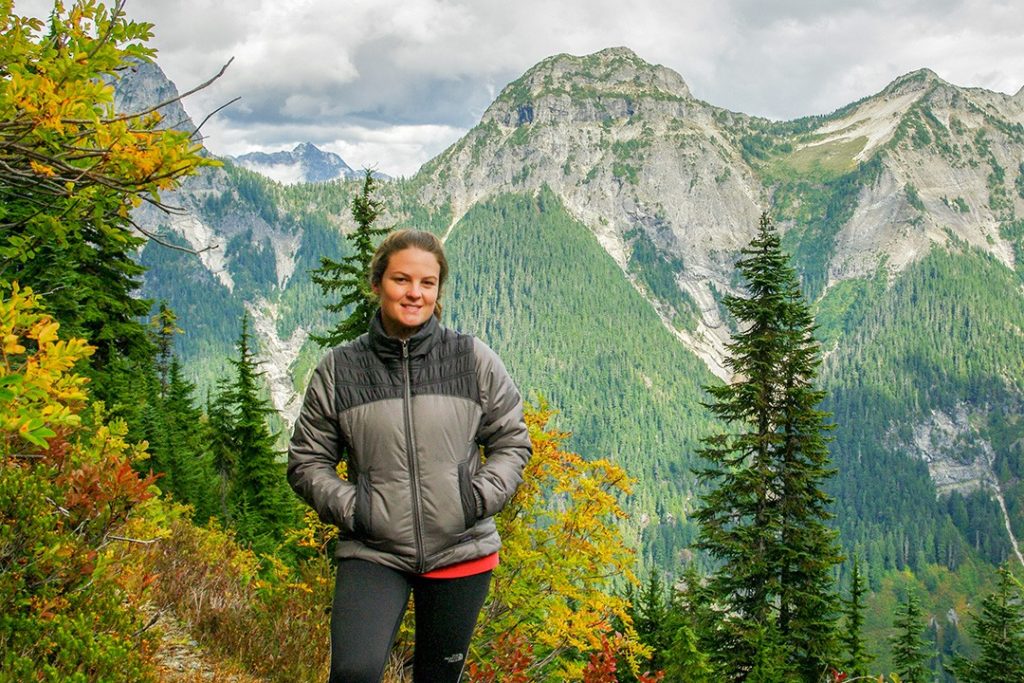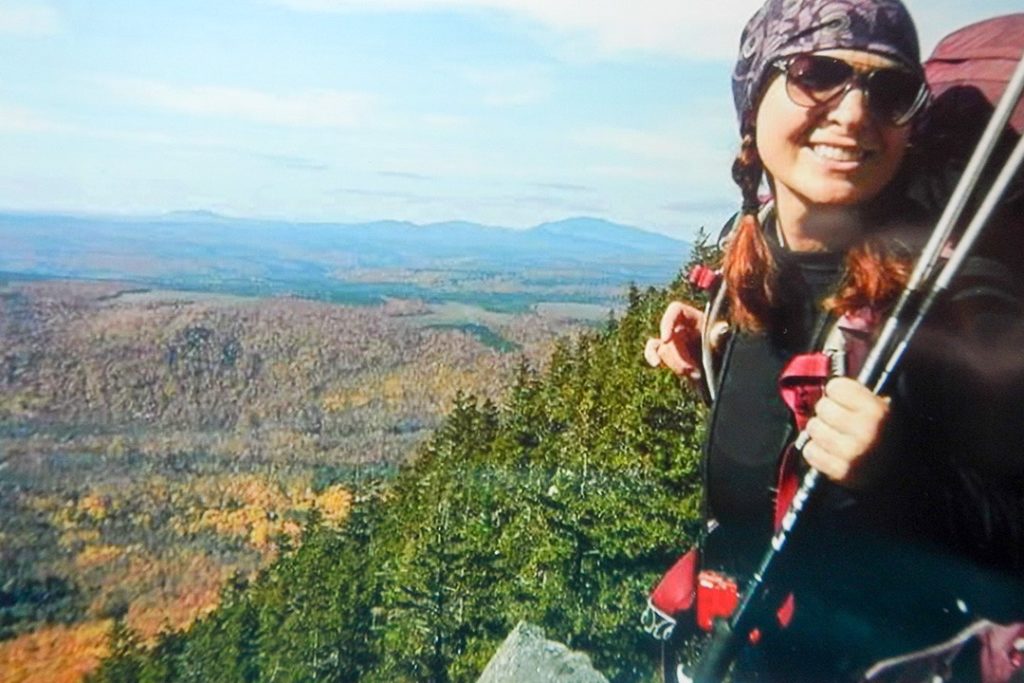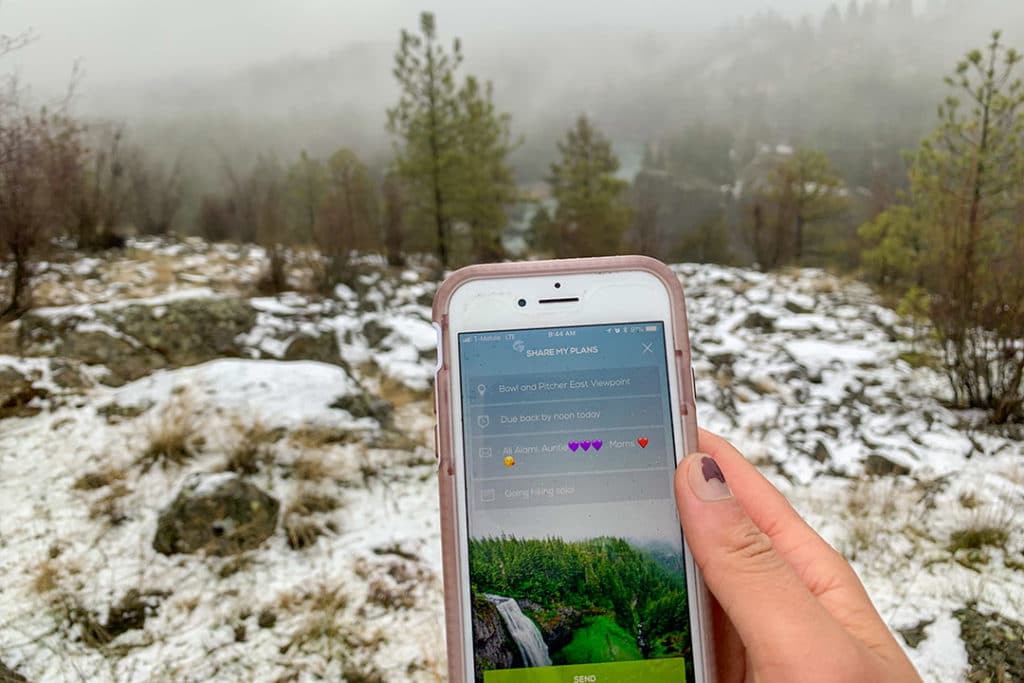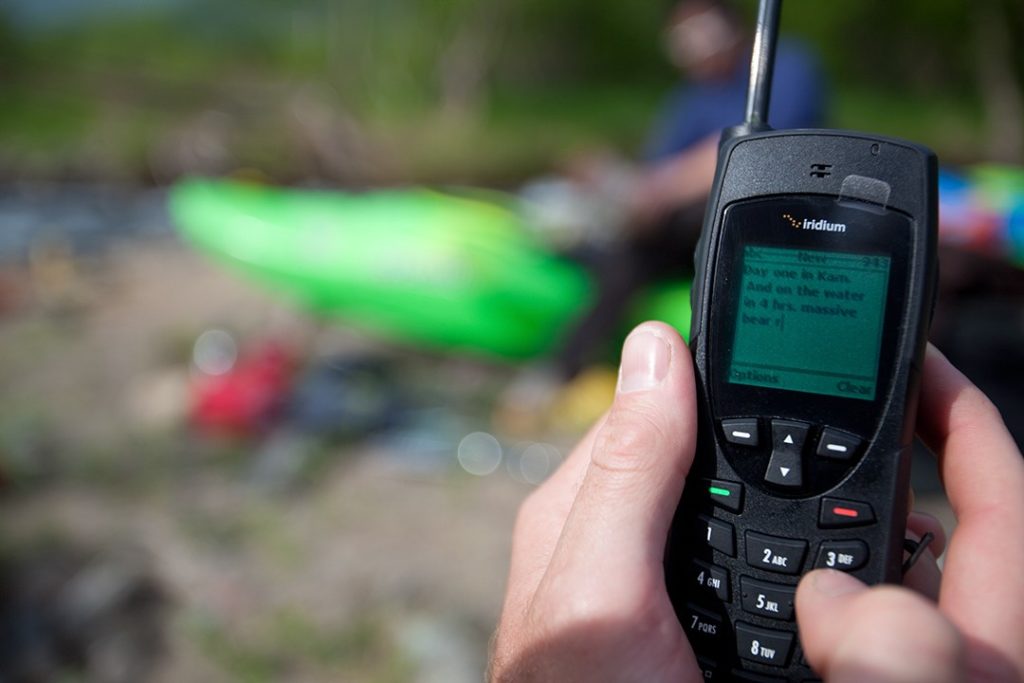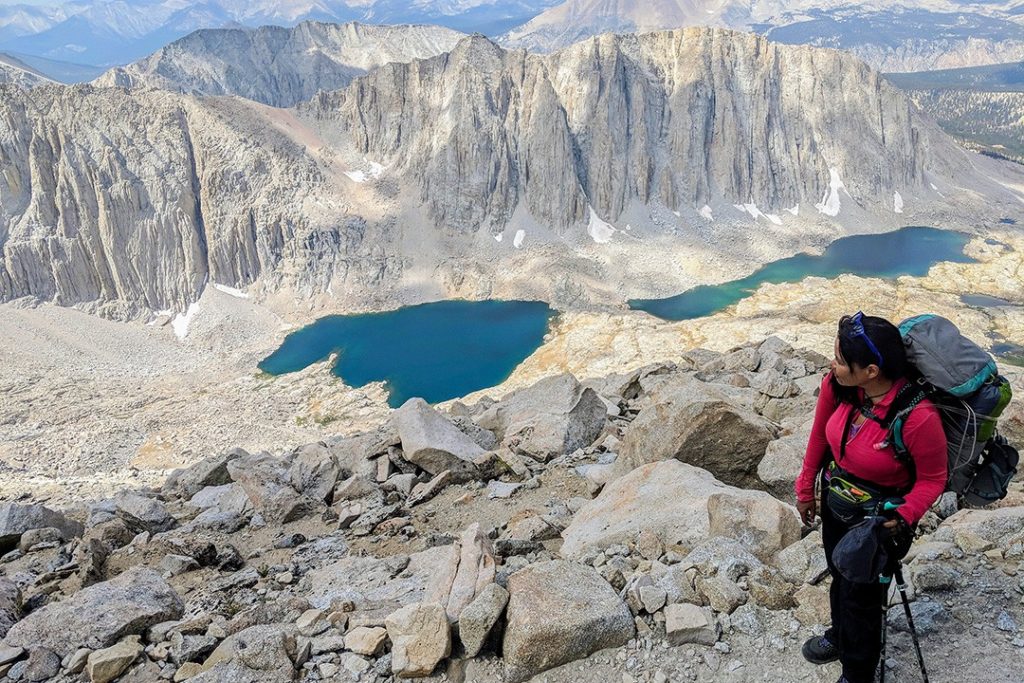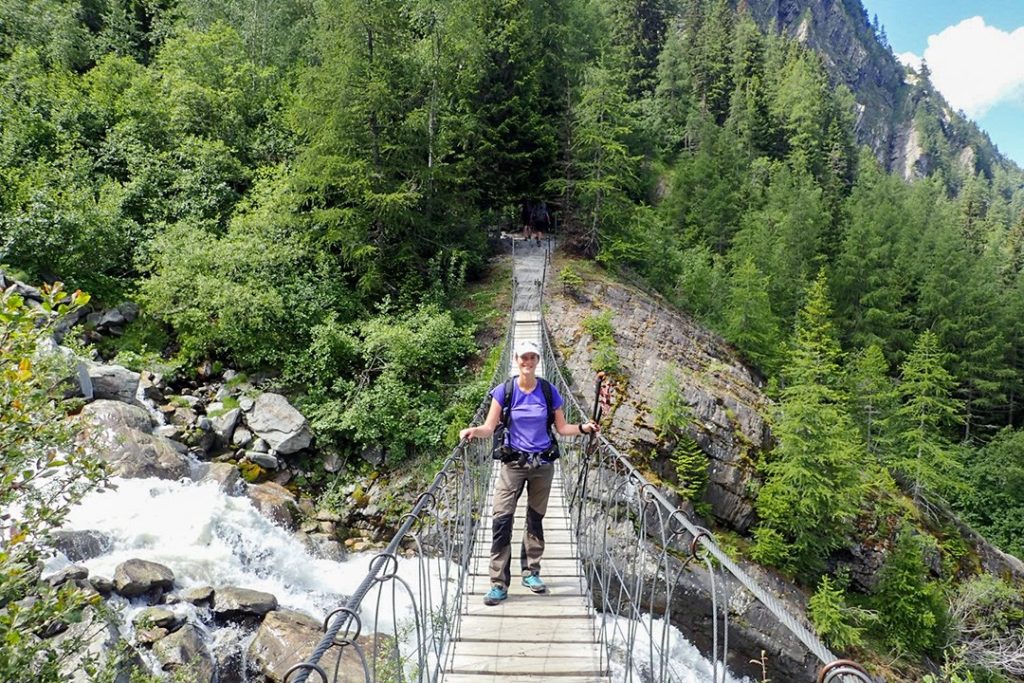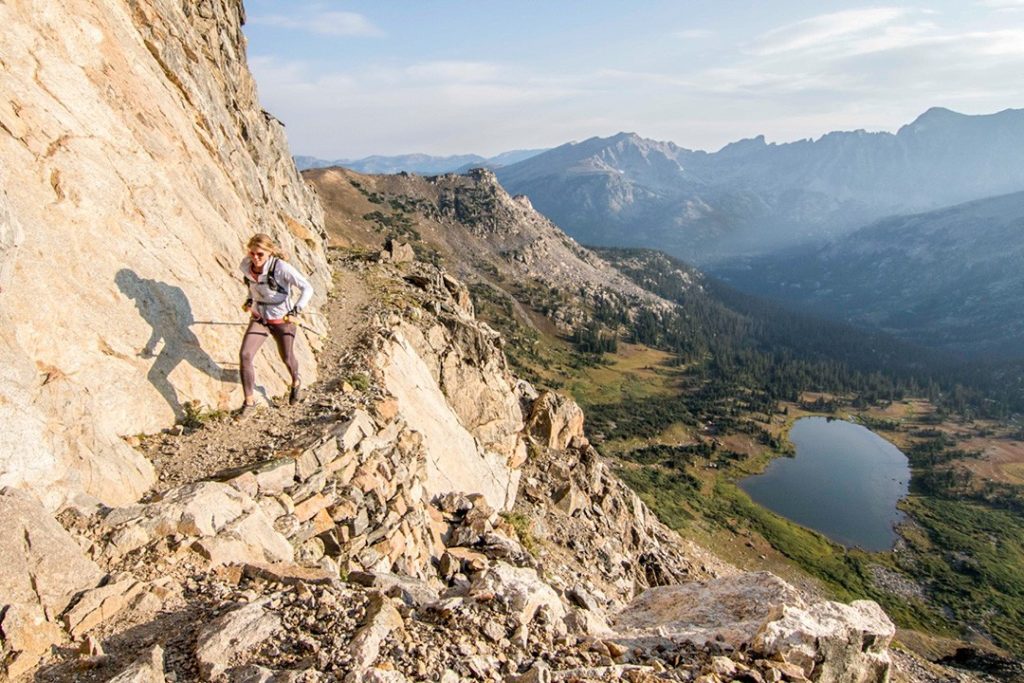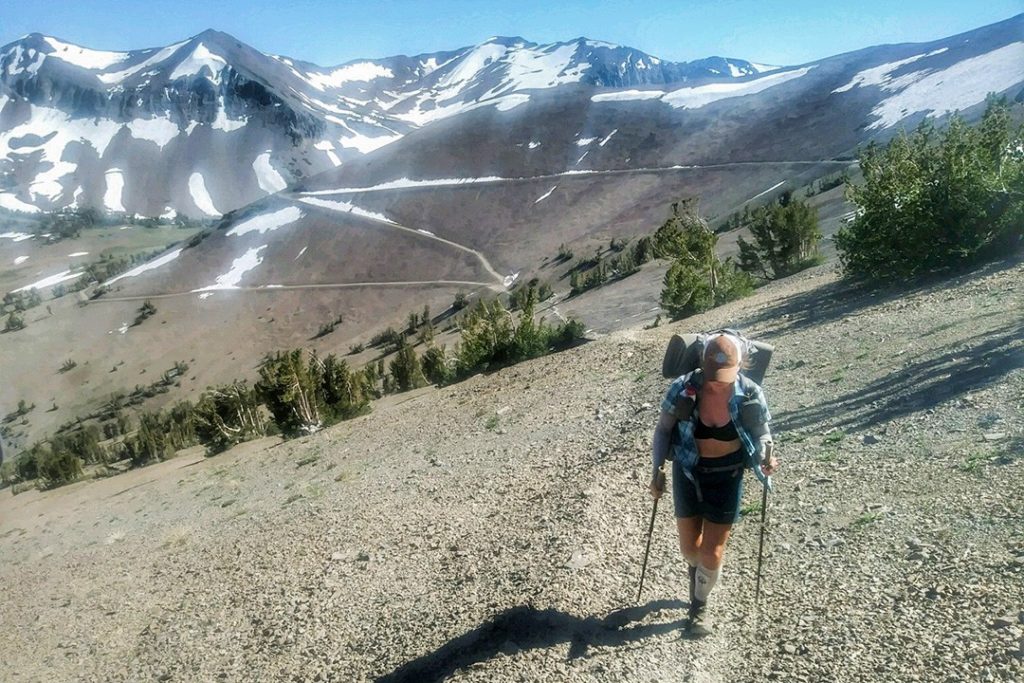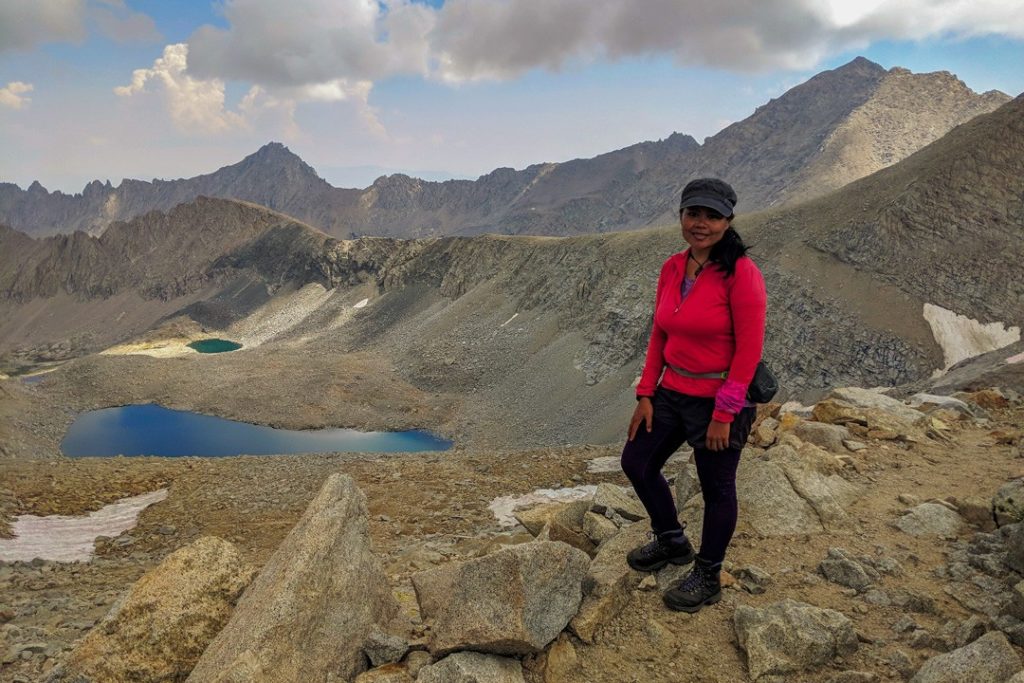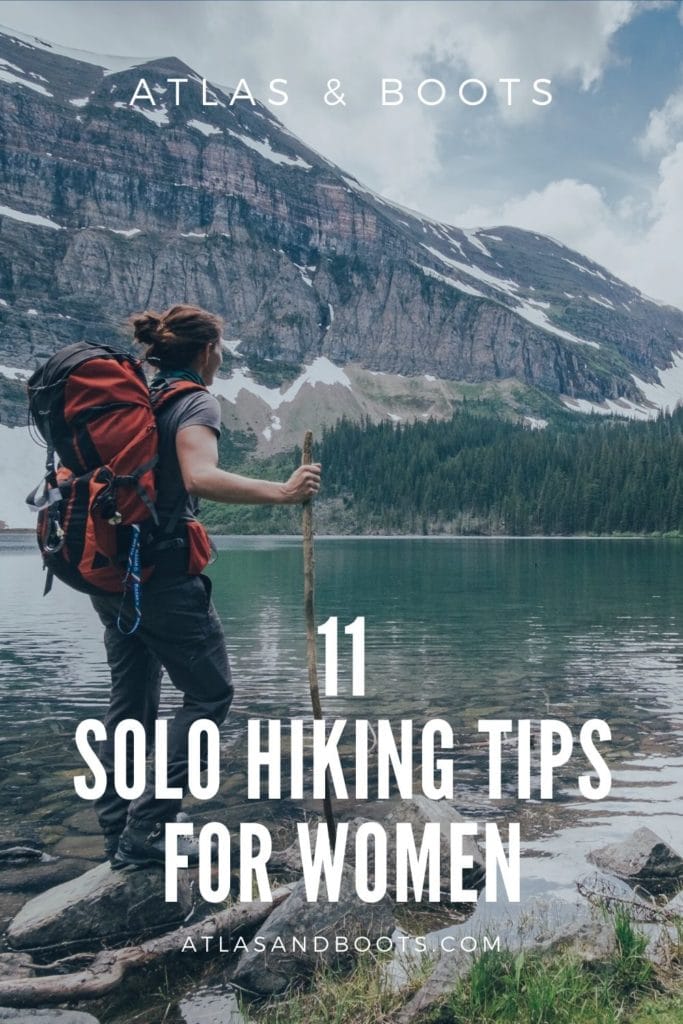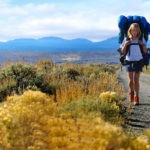We ask six expert climbers, thru-hikers and trail runners to share their solo hiking tips for women who want to walk alone
I’ve hiked all over the world, from challenging countries like Ethiopia and Lesotho to Pacific idylls like Rarotonga and Easter Island. I’ve done multi-day treks above 4,000 metres, day hikes under a scorching sun and gentle jaunts more like walks in the park. Throughout it all, there has been one constant factor: Peter.
I’ve said in the past that it’s sexist to assume I’m not adventurous and spoken about the lack of diversity in the outdoors, but I have seldom hiked alone. Peter is a staunch advocate of solo hiking, but I’ve never attempted anything longer than half a day.
Fans of solo hiking speak of an immense peace and freedom that comes with hiking alone. Now that Peter and I have moved to the Yorkshire Dales, I’d like to experience this fabled feeling first hand. To get started, I asked six experts to share their solo hiking tips for women who want to walk alone. Here’s what they told me.
1. Start with what you know
Ashley Gossens, solo hiker and founder of the Alpine Trails Book Club, has hiked over 750 miles alone.
Ashley advises solo hikers to start small: “I recommend trying out a short solo hike on a local trail that you are already familiar with and is heavily travelled. Then as you gain more confidence, go for the longer, more remote trails.”
Ashley warns, however, that familiarity should not lead to complacency: “Always, always tell someone where you are going and when you expect to return.”
2. Knowledge is power
Cheryl Hadrych, an artist and thru-hiker, has completed over 1,200 miles of solo hiking. She advises solo hikers to gather knowledge on three fronts: general basics, specific routes and potential trouble spots. She elaborates below.
General basics: “Always be aware of your location, learn how to read a paper map and know how to use a compass! Ensure that a non-hiking friend or family member has your hiking plan and check in with them regularly. Be as trackable as you can without hindering your freedom.”
Specific routes: “Most of my solo hiking has been on the Appalachian Trail. There are many guidebooks available and I use them. Be sure to know what is ahead as far as elevation changes, expected terrain, water sources and shelters. Know the weather. This helps you plan the days ahead. Very importantly, know where there are road crossings in case you need a ‘bailout point’ to resupply or for an emergency.”
Potential trouble spots: “Never tent less than a mile from a road crossing. Any frightening harassment I have encountered was from lecherous men in cars close to a road. I personally do not feel comfortable hitchhiking so have phone numbers of local shuttle drivers and hostel owners pre-programmed into my phone.”
3. Prepare a safety kit
Aside from the 10 essentials, pack a list of emergency numbers and a portable phone charger (for longer hikes, consider a solar power bank).
Mobile phone coverage isn’t always reliable on the trail so download Cairn app which allows you to share your location with loved ones, download topo maps offline, navigate the trail with stats and, crucially, pinpoint locations where there is cell coverage.
It’s important to have a back-up plan, says Cheryl: “Since cell service is not guaranteed, I take pages of guidebooks in a Ziploc bag. I also keep a PDF copy of a guidebook on my phone. I have gotten lost (I prefer to say ‘misplaced’) a few times when I was distracted or hiking in bad weather. Some regular rock piles look a lot like cairns in the snow. With all these tools, I could get back on track without putting myself in harm’s way.”
If solo hiking in highly remote areas, you may wish to buy a satellite phone for your safety kit. Iridium phones have global coverage, integrated GPS, an SOS button and Push-to-Talk feature. For one-off adventures, you can rent a satellite phone instead.
4. Set some safety rules
Cheryl mentions above that she never tents less than a mile from a road crossing. She is also careful about geotagging her location and urges female solo hikers to follow her example: “As excited as you may be to post a breathtaking mountaintop view on Facebook or Instagram, avoid doing this in real time and remove the GPS data. A few of my seemingly harmless Facebook followers became creepy stalkers, asking when and where I was tenting for the night. After that, I learned to keep posts inaccurate, vague and delayed.”
5. Hone your intuition
Marinel de Jesus, solo hiker and founder of Brown Gal Trekker, advises female solo hikers to hone their intuition.
“What’s the best way to keep yourself safe when hiking solo? The answer is simple. It’s your intuition,” says Marinel. “Before you decide to hike or not with some stranger you just met on the trail, your inner voice warns you if doing so is against your best interest.
This is our intuition guiding us. If we practise it enough in the outdoors, sooner or later, our intuition will be on automatic pilot mode. When it gets to that point, consider yourself lucky to have developed the best tool to keep you safe on the trails.”
“My intuition has become more reliable over time because I went out there and consciously relied on it. For instance, in the remote area of the Tibetan Autonomous Region in China, I shared a van with five Tibetan men. I didn’t speak the language. I was alone. I was the only woman. I was in the middle of a mountainous region with no way to call anyone.
In that moment, my intuition was running on overdrive, paying attention to the men’s behaviour in the van, assessing the conversation I had with them. In the end, my intuition gathered I was safe. It takes time and practice to hone your intuition, but the pay-off is significant.”
6. Don’t immediately join other hikers
Thru-hiker Sonja Orth urges female solo hikers not to immediately join a group: “Hike SOLO! If you are hiking alone for the first time it will be tempting to join a group immediately. You might feel uncomfortable with navigation, camping alone or just being out in nature all alone, just as I did when I started my first long-distance hike on the Pacific Crest Trail in 2016.”
“Right from the start I joined a group of other hikers, ran behind them because the thought of being all alone in wilderness wasn’t appealing to me at that time. This was one of my biggest mistakes during the whole hike and even led to a bad knee injury and me having to stay off-trail for weeks!
“As soon as I started hiking solo later on I realised the huge amount of freedom that comes with it and I felt sorry for all the miles I missed soloing in favour of being with others. I highly recommend that you really hike SOLO! Once you taste the freedom and complete independence, you’ll never want to miss it again.”
7. Conquer your ‘what ifs’
“As you start solo hiking, you’ll have lots of scenarios going through your head,” says Ashley. “‘What if I get lost? What if I fall and break my ankle?’ I encourage solo hikers to really think about these scenarios and determine what you would do in that situation and what skills would be helpful.”
Sonja underlines this point: “You are afraid of bears and wild animals along the trail? Start to learn anything you can about bears! Once you learn, you won’t be as frightened.
The same applies if you feel uncomfortable with hiking skills like navigation or camping. Study the trail you’re hiking in the best way you can, learn everything about your gear and test it at home until you feel comfortable. Preparation is essential. I will live with the trail in my head long before I set a foot on it.”
8. It’s okay to be scared
Sunny Stroeer is a rock- climber, mountaineer and trail runner who holds speed records on Aconcagua and the Annapurna Circuit. She assures female solo hikers that it’s okay to be scared by the thought of doing something new or unfamiliar.
“It’s okay to be scared at the idea of heading out there by yourself. The trick for me is to differentiate between being scared because I don’t know what to expect, and being scared because there is imminent harm.
Thru-hiking and trail running mostly falls into the first category and it’s both constructive and extremely rewarding to push through that type of uncertainty-triggered fear. The inspiring part is not where you succeed; it’s your willingness to try.”
“When I was a pretty green climber, I decided to solo the Grand Teton in a day. The easiest way up the mountain involves a few stretches of easy but technical rock-climbing with serious exposure and severe consequences in case of an unroped fall.
I was highly confident in my ability to climb far above the difficulty grade required for the mountain yet I wasn’t sure if I would be able to keep it together mentally being up there by myself and without a rope.
“I had a severe, prolonged case of nervous jitters for several days leading up to the mission, but I negotiated a deal with myself: I would try and get up as high on the mountain as I felt comfortable while giving myself permission to turn around if the acute risk got too much.
As it turns out, when I got to the technical sections they were a complete walk in the park and I had a beautiful and highly rewarding solo adventure.”
9. You are enough
Solo hiking often prompts surprise and disapproval from friends and family, which can in turn undermine your own confidence.
Heather Anderson, thru-hiker, ultra-marathon runner and the first person to simultaneously hold the self-supported speed records for both the PCT and AT, urges female solo hikers to believe in themselves: “As women, we often doubt our abilities. We feel like we have to have back up in case we find that we aren’t capable alone. I have something important to tell you: you are enough.
All by yourself. If you have the skills to undertake the adventure you have planned, then you have them. Don’t shortchange yourself. Believe in your own ability and don’t be afraid to go it alone.”
10. Don’t feel pressured to be nice
“Our culture expects women to be friendly and warm, but don’t ever feel pressured to divulge too much information or to be overly nice,” says Cheryl.
“Most fellow hikers are wonderful, but there are a few shady folks with less than ideal intentions. When I’m on the trail, I can get a sense of a ‘friendly predator’ in a few minutes. Does this person make me nervous? Are they invading my personal space? Are they asking too many personal questions?
On occasion someone asks if he can hike with me. My answer is typically no, citing my eagerness to wait for an expected (imaginary) friend or to linger and take photos.”
Cheryl adds: “I do not allow people to hike behind me because I want to always be aware of where they are and what they are doing. I often step aside to let them pass. While I’m doing this, I take a drink of water or take a few photographs.”
She concludes: “Hiking alone has been one of the most beautiful experiences of my life. I feel free and strong. I set my own pace and agenda and am happier for it. My hope is that more women overcome fear in order to adventure the way they want to, not the way society tells us to.”
11. Be adventurous but realistic
“Be adventurous but don’t be too ambitious,” says Marinel. “Whether you’re new to solo hiking or not, I would caution any female solo hikers to be realistic with their confidence level and hiking abilities. A courageous hiker is one who’s not afraid to accept her limitations when they arise.”
“The ability to say ‘no’ or turn around when unexpected dangerous conditions come your way is a sign of a strong and confident hiker. Respect nature and yourself and you will learn soon enough that the mountains will always be there even if the first attempt to do it solo doesn’t work out. In the process, you learn to value safety as the core element of hiking solo.
It also teaches you humility in realising that we cannot control all aspects of our ability to hike solo and that there’s a right time for everything.”
